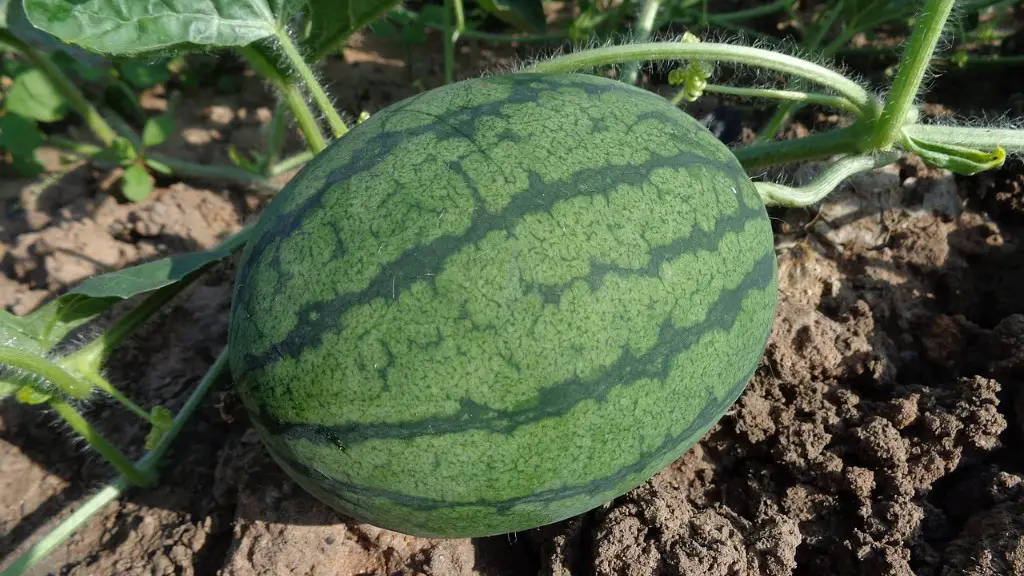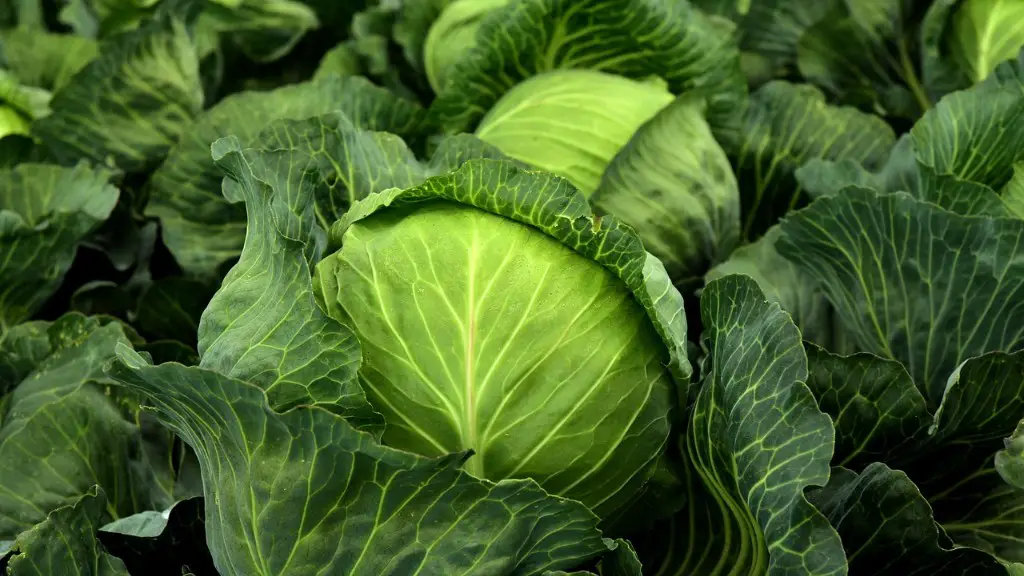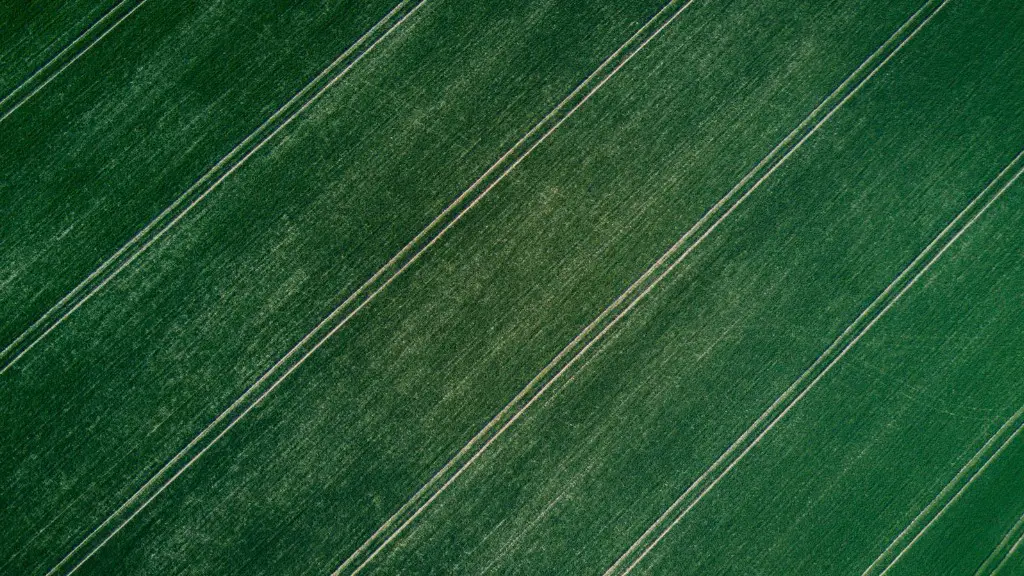In many developing countries, a large majority of the population lives in rural areas and depends on agriculture for their livelihood. However, agriculture in these countries is often characterized by low productivity, limited access to technology and markets, and little investment. As a result, rural poverty is a major problem in many developing countries.
There are a number of ways to improve agriculture in rural areas. One way is to increase access to technology and information. For example, providing farmers with access to weather information can help them to make better decisions about when to plant and harvest their crops. Improving access to markets is another way to boost agricultural productivity. This can be done by linking farmers to markets through improved infrastructure, such as roads, storage facilities, and communication networks. Finally, investing in agricultural research and extension services can help to develop new and more productive technologies and practices that can be adopted by farmers.
When it comes to improving agriculture in rural areas, there is no one-size-fits-all solution. The best approach will vary from country to country, depending on the specific conditions and constraints faced by farmers. However, by taking steps to increase access to technology and information, improve market linkages, and invest in research and extension, it is possible to make progress in
1. One way to improve agriculture in rural areas is to provide farmers with access to the latest technology and information.
2. Another way to improve agriculture in rural areas is to support and encourage sustainable farming practices.
3. Another way to improve agriculture in rural areas is to help farmers diversify their crops and livestock.
4. Another way to improve agriculture in rural areas is to improve infrastructure, such as roads and irrigation systems.
How can local agriculture be improved?
Land reforms are the first and most important step to improving production. By improving land management and making it more efficient, farmers can increase productivity and improve their livelihoods.
Other methods to improve farming productivity include:
1. Interplanting – Planting multiple crops in the same space can increase yield and decrease competition for resources.
2. Planting more densely – By increasing plant density, farmers can make better use of land and resources.
3. Planting many crops – Diversifying the crops grown can help reduce risk and improve overall yield.
4. Raised beds – Raised beds help improve drainage and aeration, leading to healthier plants.
5. Smart water management – Using irrigation and drainage systems efficiently can help conserve water and improve crop yield.
6. Heat tolerant varieties – Using heat tolerant varieties of crops can help farmers adapt to climate change and maintain productivity.
7. Use nitrogen – Nitrogen is an essential nutrient for plant growth. By using nitrogen-rich fertilizers, farmers can improve crop yield.
Sustainable agriculture practices are those that protect and improve the natural resources upon which agriculture depends—soil, water, and biodiversity—while also providing economic, social, and environmental benefits for farmers, their communities, and society at large.
There are many different sustainable agriculture practices, but some of the most common include:
Rotating crops and embracing diversity: Crop rotation—the practice of growing different crops in different parts of the field in different years—can help improve soil health and prevent pests and diseases. Planting a diversity of crops can also help reduce the risk of crop failure.
Planting cover crops and perennials: Cover crops are plants that are grown between cash crops to help improve soil health. Perennials are plants that live for more than one growing season, and they can help reduce soil erosion and provide habitat for beneficial insects and other wildlife.
Reducing or eliminating tillage: Tillage is the process of turning over the soil, and it can have negative impacts on soil health. Reducing or eliminating tillage can help improve soil structure and increase organic matter.
Applying integrated pest management (IPM): IPM is a holistic approach to managing pests that focuses on preventing, rather than treating, problems.
What are three improvements to agriculture
Higher crop productivity can have a number of benefits, including decreased use of water, fertilizer, and pesticides, which in turn can keep food prices down. In addition, higher crop productivity can have a reduced impact on natural ecosystems, as there can be less runoff of chemicals into rivers and groundwater.
If you want to support local farmers, one great way to do so is to sign up for a CSA. CSA stands for “community supported agriculture,” and it’s a way for consumers to directly purchase produce and other goods from local farmers. This way, farmers can get the support they need to keep their businesses running, and you can get fresh, delicious food!
Another great way to support local farmers is to shop at the farmers market. Farmers markets are becoming increasingly popular, and they’re a great way to find fresh, locally-grown food.
Some communities are taking different approaches with their farmer’s markets. For example, some markets are now offering “pre-paid” cards that can be used to purchase food from participating farmers. This is a great way to support farmers, as it ensures that they’ll get the money they’re owed, even if customers don’t show up to the market.
If you want to get really involved, you can visit U-Pick Farms. These farms allow customers to come and pick their own produce, and they’re a great way to support local farmers.
Of course, you can also
What are five good agricultural practices?
It is important to ensure that animals that produce milk are healthy, and that an effective health care programme is in place. This will help to ensure that milk is harvested and stored under hygienic conditions. It is also important to ensure that animals are fed and watered in a way that promotes their welfare, and that the environment in which they are kept is clean and safe.
There is an urgent need to increase agricultural yields per unit of land in order to meet the demand for food and other crops. This can be done by diversifying to value added crops, and by reducing costs, wastages, and pilferage.
How can we improve and increase production of agriculture?
There are many ways to improve agricultural production. One of the most important is the implementation of land reforms. Land reforms improve productivity by making land more evenly distributed and by increasing access to land for those who want to farm. Other ways to improve productivity include interplanting, manuring, and water use and soil management. Sustainable agriculture practices, such as raised beds, can also help to improve productivity.
Agricultural improvements are any improvements, buildings, structures or fixtures suitable for use in farming that are located on Agricultural Land. Agricultural improvements do not include personal residences.
How do we empower farmers
Rural households frequently resort to borrowing from moneylenders at usurious interest rates. The poor rural households are unable to get access to formal banking channels and are easy prey for the moneylenders. They charge high interest rates and the vicious cycle of debt trap continues.
The government and the concerned authorities need to take concrete steps to improve the infrastructure and provide better financial services in the rural areas. This will help the rural households to get access to formal banking channels and other financial services. In addition, the government and the concerned authorities need to work on enhancing marketing and value chains in the rural areas. This will help the rural households to get better prices for their produce and improve their livelihoods.
I agree with Teodoro that the government should help in developing smart agriculture as well as research and development to increase farmers’ productivity and improve agricultural produce. I also think that building more farm-to-market roads to lower logistics costs in delivering farm produce to markets is a good idea.
How can we solve farmers problem?
Farmers need to deal with many problems, including how to:
Cope with climate change, soil erosion and biodiversity loss
Satisfy consumers’ changing tastes and expectations
Meet rising demand for more food of higher quality
Invest in farm productivity
Adopt and learn new technologies
The “6 F’s of Agriculture” is a great way for students to learn about the different aspects of agriculture. Farming, food, fiber, forestry, fishing and flowers are all important aspects of the industry and it is important for students to understand the different roles each play. This will help them to understand the importance of agriculture and how it affects our everyday lives.
What are the 3 P’s of sustainable agriculture
The three dimensions of sustainability, also known as the triple bottom line, are well established in environmentalism. People, planet, and profits are the key factors in determining whether an activity or company is sustainable. While Elkington introduced the concept of sustainability, environmentalists were already well aware of the need to consider all three dimensions in order to be truly sustainable.
The 7 steps involved in agricultural practices are:
1. Ploughing
2. Sowing
3. Adding nutrients
4. Irrigation
5. Protecting plants
6. Harvesting
7. Storage
What are 4 ways to improve the agriculture?
It is important to develop high-yield crops in order to feed the growing population. This can be done by boosting irrigation, increasing the use of fertilizers, and improving market access, regulations, and governance. Additionally, we can make better use of information technology and adopt genetically modified (GM) crops. Finally, we need to reform land ownership with productivity and inclusiveness in mind.
The above statement is true and we need to do something about it. The first step would be to improve our agricultural practices so that we can get more food grains and fodder from the same land. This will help us in two ways – first, we will be able to produce more food for the growing population and second, we will be able to save the land which can be used for other purposes.
How can agriculture be modernize
Modernization of farming techniques has led to increased crop yields and higher incomes for farmers. Modernization consists largely of using improved seeds, modern farm machinery such as tractors, harvesters, threshers, etc, chemical fertilizers and pesticides in an optimal combination with water. These techniques have helped farmers increase their productivity and incomes.
Agricultural development can have a direct impact on rural poverty alleviation. The majority of rural poor people depend on agriculture for their income and employment. Agricultural development can improve rural incomes and employment opportunities, and reduce poverty.
Final Words
There is no one-size-fits-all answer to this question, as the best way to improve agriculture in rural areas depends on the specific circumstances and needs of each individual community. However, some general strategies that could be considered include:
-Encouraging and assisting farmers to adopt new technologies and practices that can increase yield and improve quality.
-Working to increase access to markets and buyers for small-scale farmers, including through the development of value-added products.
-Improving infrastructure in rural areas, such as roads and storage facilities, to facilitate the transport of agricultural goods.
-Providing training and extension services to farmers to help them develop new skills and knowledge.
-Creating incentives for young people to stay in rural areas and take up agriculture as a profession.
There are many ways to improve agriculture in rural areas. One way is to improve the soil. This can be done by adding organic matter to the soil and by using soil-conservation methods. Another way to improve agriculture in rural areas is to use more efficient irrigation methods. This can be done by using drip irrigation or by using plastic mulch.





